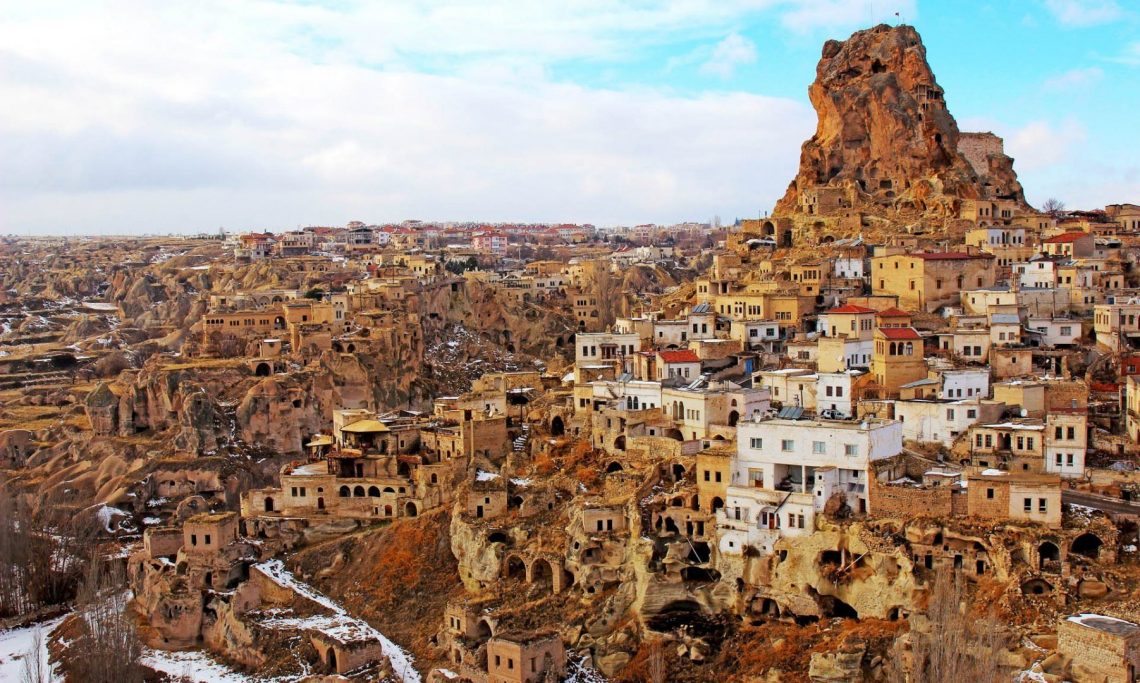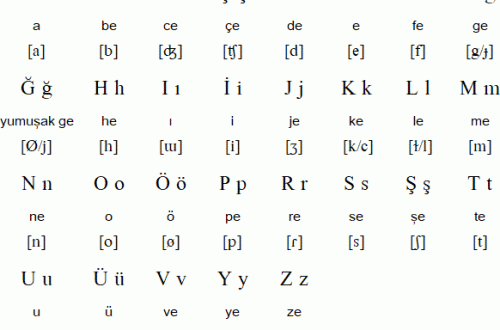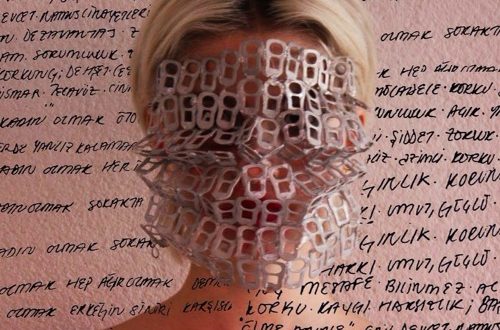
Let’s get to know turks
To talk about Turkey is to talk about turks, its geographical position, its language and its characteristics. Let’s get to know Turkey together, this neighbour unknown to many until just a few years ago, which is now on everyone’s lips now, thanks to the Turkish television series Turkey represents the perfect marriage between East and West, between culture, tradition and modernity.
Do we know that Turks… are Asian people?
Yes, but not exclusively! Of course, the country is much less multi-ethnic
than it was during the Ottoman Empire, but for centuries, in addition to the vast majority of Asian Turks, the country is considered home to various groups of Caucasian and Balkan peoples. The Kurds are the most important group.
You’ll find ancient communities of Greeks, Armenians and Jews in large metropolises, such as Istanbul and Izmir. This is why Turkey, much like Italy, has a population with such diverse physical traits, since the origins are so varied.
Turkey is located in Eurasia
Turkey is located in Eurasia, that is, upon two continents, with one part in Europe and the other part in Asia. The Asian side and the European side are separated by the enchanting Bosphorus River, the Sea of Marmara and the Dardanelles Strait.
Do you know which countries border Turkey? Greece and Bulgaria are on one side, while Syria, Iraq, Iran, Azerbaidjan and Georgia are on the other. Turkey is at the centre of these countries with a completely different culture. Turkey is, for this reason, a crossroads, which explains its historical multiculturalism.
We have always known Turkey as the concrete bridge that connects East to West. Its strategic position has been coveted by many peoples. Even in today’s world, its position and attributes makes it a most crucial and fundamental country in the world.
The Turkish alphabet
While watching and listening to your favourite Turkish TV series, you might have discovered the melodious Turkish language. I’m not going to give you a Turkish language lesson now, rather I’ll help you clarify some doubts.
The Turkish alphabet consists of 29 letters. The Latin letters Q, W and X are missing, but we have some extra letters that correspond to linguistic needs such as ç, ğ, ı, ö, ş, ü.
Turkish writing is perfectly phonetic, so each letter corresponds to a sound and consequently each word is written according to how it is pronounced.
The real challenge is learning new sounds that you’ve never heard before, like “ğ” or “ı” (the i without a dot). To pronounce the word “değer” for example, simply say “de’er”, this “ğ” is a brief one/ thousandth of a pause in the word, or as others would say, it prolongs the previous vowel.
As for the “ı”, there is no similar sound in the Latin alphabet. It is a guttural sound that can only be learned by hearing (a few times) and repeating it.
The Turkish alphabet was adopted in 1928 thanks to Mustafa Kemal Atatürk. By abolishing the Arabic alphabet, the Latin alphabet was found to be much more suitable for Turkish phonetic transcription (with some modifications, as indicated above).
Religion in a secular country
As you well know, the majority of Turks are Muslim (about 80-85% Sunnis and 15-20% are students). However, Christian and Jewish communities still live and thrive in the larger cities. It would take a whole book to tackle the topic of religion in Middle Eastern countries, puzzles of cultures and confessions. Just keep in mind that Turkey is a secular country.
Turkish hospitality
How can I explain our hospitality to you in just two lines? I don’t think it’s possible. In the meantime, feel free to read the article I dedicated to our legendary hospitality, which the world has been familiarized thanks to our famous television series.
As I had already explained, hospitality is the pillar of Turkish society and the basis of our interpersonal relationships. Being hospitable in Turkey is a duty which must never be lacking. Hospitality indicates a great deal about our family and our education.
From an early age (I was about 6 years old), my mother asked me to arrange the guests’ shoes properly, pour the cologne and to offer them a candy. Then, as I grew up, I learned how to properly make tea, then coffee and so on …
Turkish cuisine
I invite you to read my article on Turkish cuisine to discover the origins and traditions of a truly great cuisine. But, before you do, I’ll take the opportunity of making your imagination go wild by saying that our cuisine, like its geographical position, is a perfect blend of East and West.
Its aromas and flavours recall something of the Mediterranean countries, but the oriental touch makes them unique and unforgettable. Originally a nomadic people, the Turks were able to brilliantly enrich their cuisine with the influences of the countries that the Ottoman Empire invaded.




